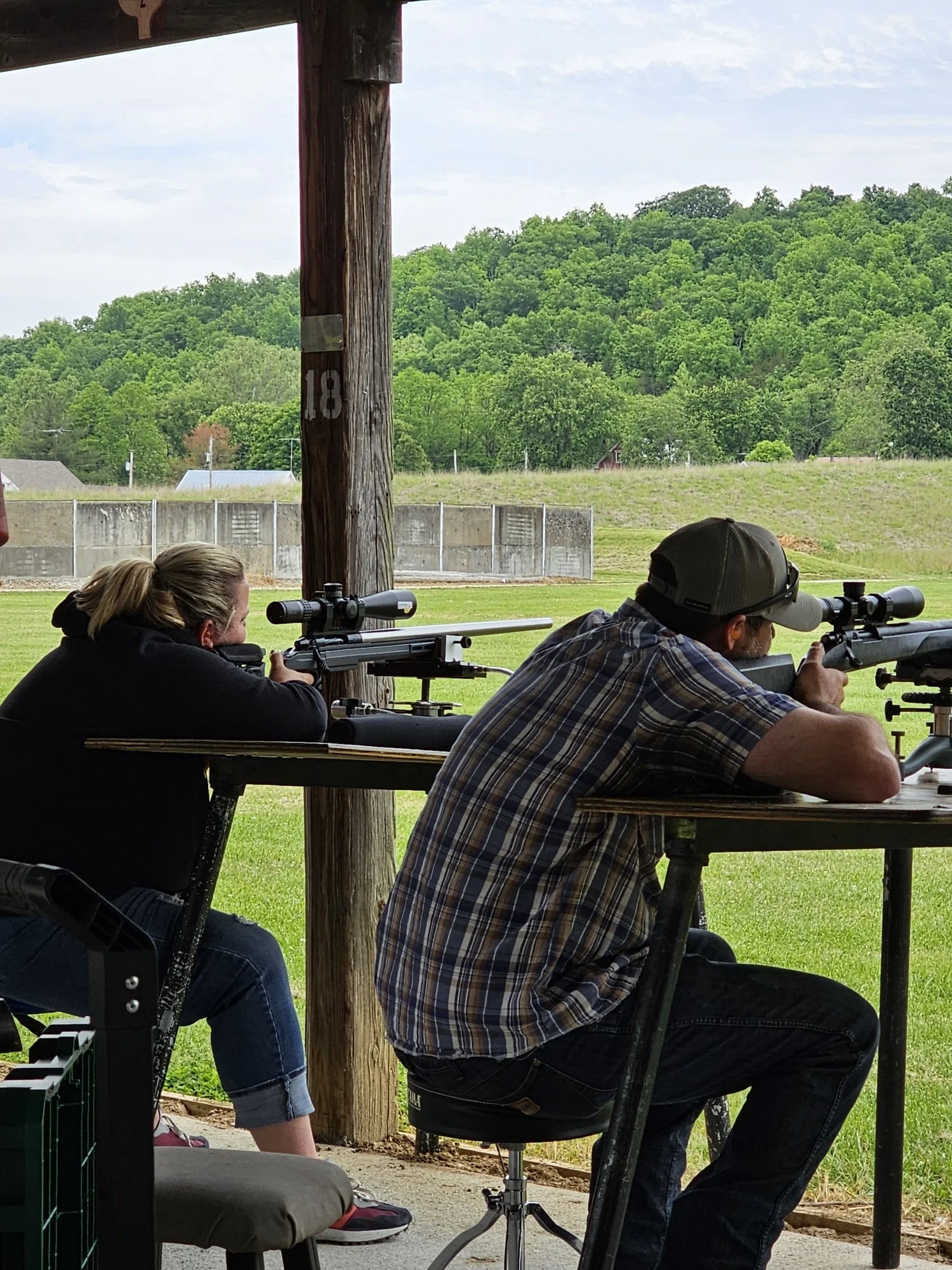In this installment of Craftsman’s Corner, we’ll be creating a basic “money” wallet to carry your cash, as well as a few modern necessities such as driver’s license, business cards, and that evil plastic, because after all, nothing says farby like whipping out that modern, machine sewn nylon tri-fold to pay for goods at an event
So, let’s get started. For this design, I wanted to keep things simple, so I created a basic 4”x9” pattern using poster board. You can also use cereal boxes, dollar store placemats, etc., so long as the material used isn’t too thick. This will give you a pattern that can be used dozens of times if you so choose. You’ll notice in the photo that I added a scallop in the center of the front panel, as well as on the hidden pocket. This provides a bit of added style and facilitates easier retrieval of your cash and cards. You could just as easily skip that detail for a more rustic look when finished. You can also change the flap shape to suit your taste, but in this case, I’ve done rounded corners dropping to a point which roughly matches the profile of the front panel and pocket scallops.
On this piece, I’ve used a single piece of 2-3oz veg tan calf hide for the main wallet body and then the same hide for the hidden card pocket, closure strap and keeper. You could just as easily use most any leather you have on hand, so long as it’s not extremely heavy, which would create unnecessary bulk and added weight.
Once you’ve got your pattern drawn out you can lay it out on your hide, tracing lightly with a scratch awl or dull pencil and then cut out the pieces.
Once you have the four pieces cut out, you can move on to dying the leather. I like to use Fieblings leather dye, cut 50/50 with either rubbing alcohol, assuming you can find it these days, or denatured alcohol, readily available at most home improvement or paint stores. Diluting the dye in this manor serves a few purposes. It allows you to achieve darker spots and variations that would be seen in well used pieces, it draws the dye deeper into the leather surface, and it also promotes faster drying. If you’re using a pre-finished hide, such as chrome or oil tanned, where color has been added in the tanning process, you can obviously skip the dying step. As you can see in the photo, I’ve used a wood burning tool to incorporate an edge detail along the flap, front panel top, and strap edges. After the dye has dried, I like to “break”, or distress the pieces by folding, creasing, wadding up, and generally abusing them to impart a worn look. You can skip this step and your piece will look smooth and newer perhaps.
Once you’re happy with the dye work, it’s time to move on to assembly. Here I’m using linen thread, which I’ve waxed using common beeswax, using the time proven saddle stich to sew everything together. The saddle stitch is perhaps the most durable of stitch techniques for leather, as you are essentially passing two threads through every hole. When sewn properly, even a broken thread will not cause the piece to come apart. I like to pre mark my stitch holes using a 2mm double prong stitching punch. You can then go back and punch your holes using that or an awl.
We’ll start by marking and punching the holes on the pocket, as this piece couldn’t be sewn easily after the sides are stitched up. I like to use a few keeper stitches to hold everything in place while I stitch around the pocket. These holes and stitches are done first, and then the remainder of the holes can be punched, and the pocket sewn on, removing each keeper stitch as you come to it.
Now that the pocket is sewn in place, we can move on to stitching up the sides of the wallet. You’ll see I have left the thread undyed here, in order to better show the stitching. I’ll go back and dye that once everything is done, using the same diluted dye that we used on the leather before assembly. For the outer edges, I’ve pre marked and punched the stitch holes, using the that 2mm punch that was used for the pocket. I like to use small binder clips to hold everything in place as I stitch. I like to try to keep all of my stitch lines about 1/8” from the outer edge. Anything closer and it starts to distort the leather’s edge, and anything further in starts to look a bit amateur.
So, we’ve got the main wallet stitched up and now we can move on to attaching the strap and keeper to the front flap. You’ll see that I’ve centered the strap on the flap, leaving about an inch above the bottom edge to ensure there’s plenty of leather there to stitch. The keeper is centered and roughly ½” from the top edge. I’ve used the same marking, punching and stitching methods mentioned earlier to attach these pieces as well.
After everything is sewn, your ready to apply some bear grease, mink oil, or your favorite leather dressing, give it a good buffing and put your new wallet into service.
And there you have it! A solid, period-correct wallet that will last for a lifetime. You can now proudly pull out your 18th-century wallet without fear of persecution or harassment at your next event.
Thanks for following along…
Jeff
Find out more about the National Muzzle Loading Rifle Association at our website - NMLRA.org





















